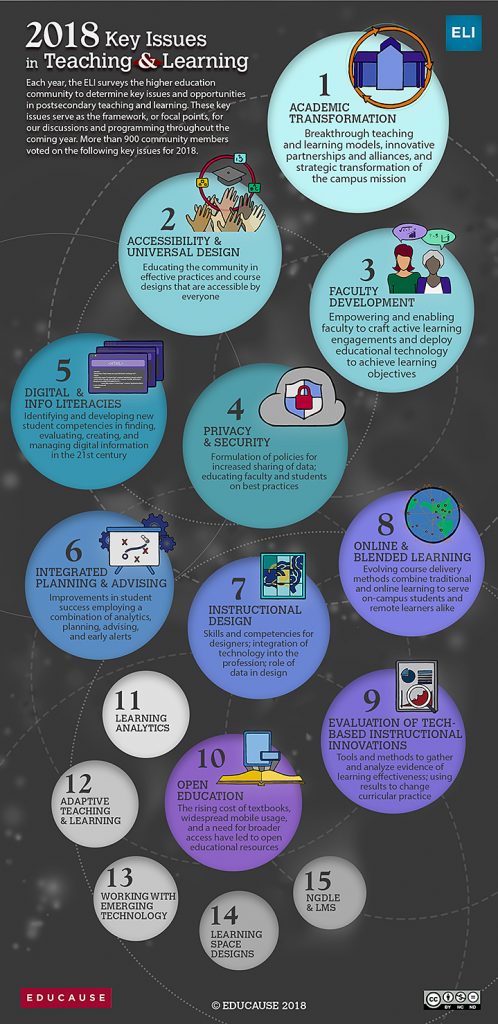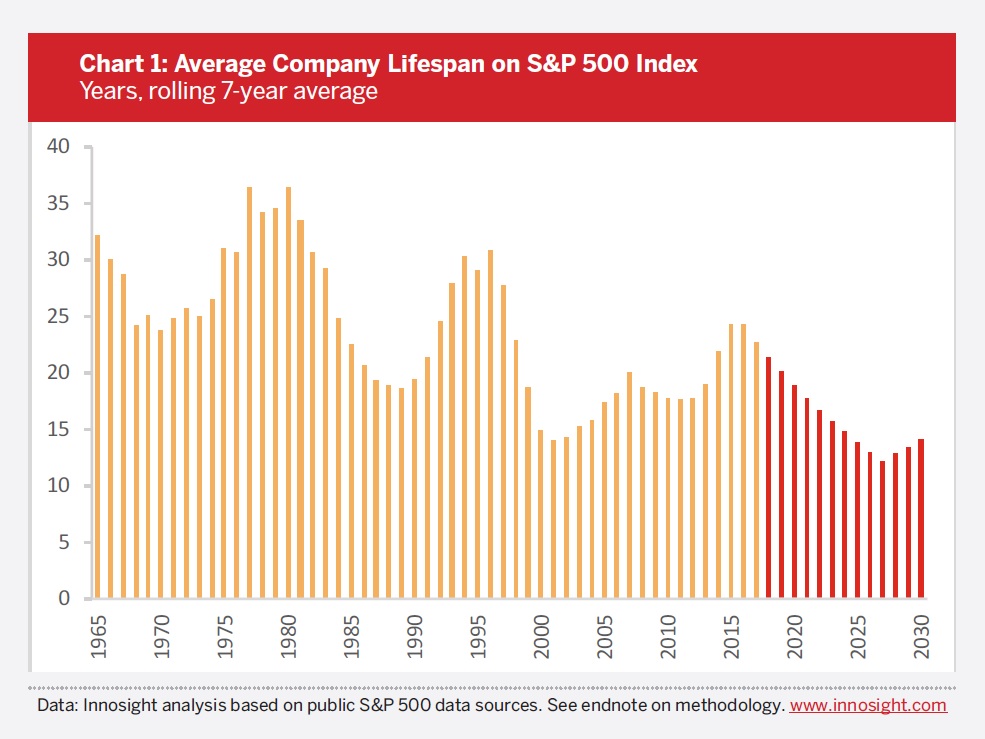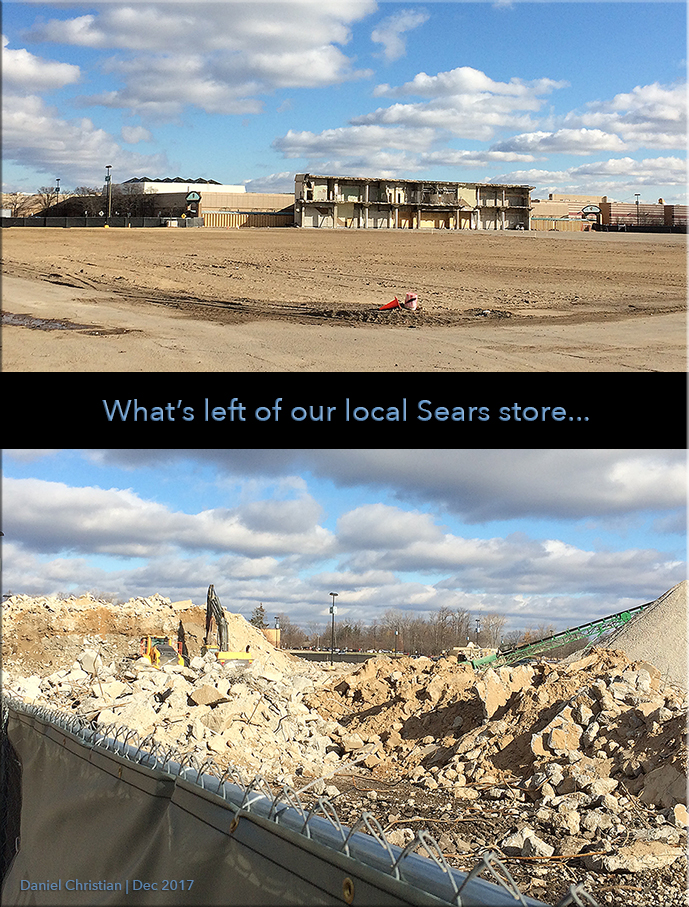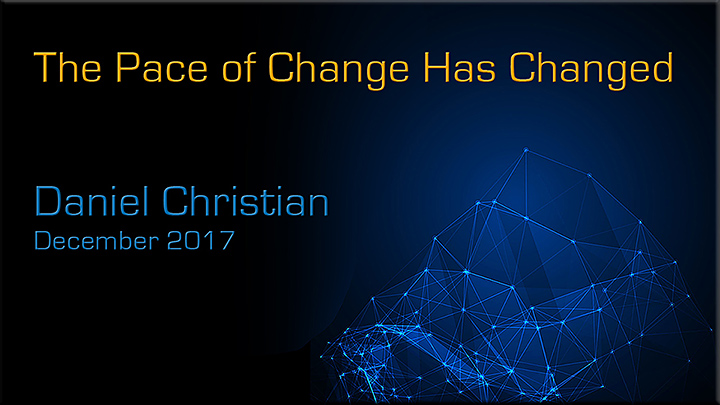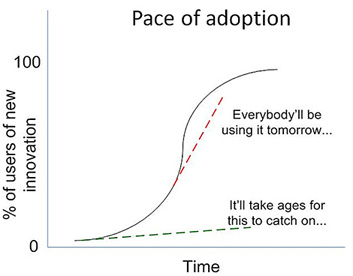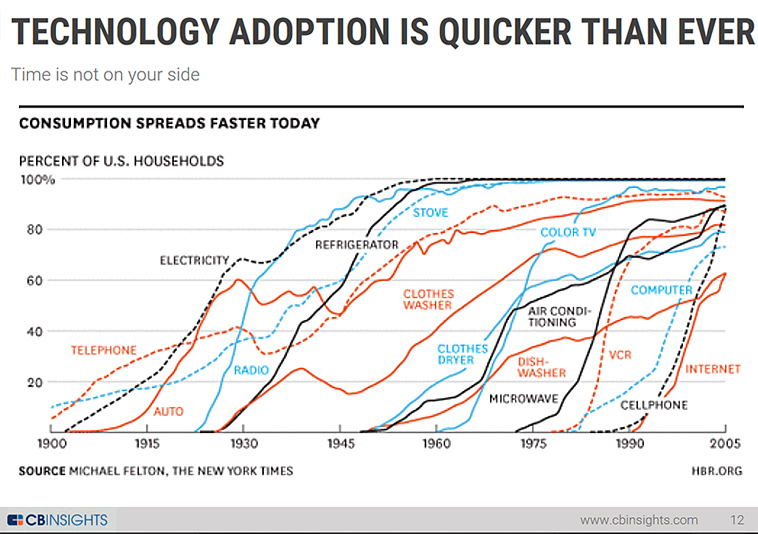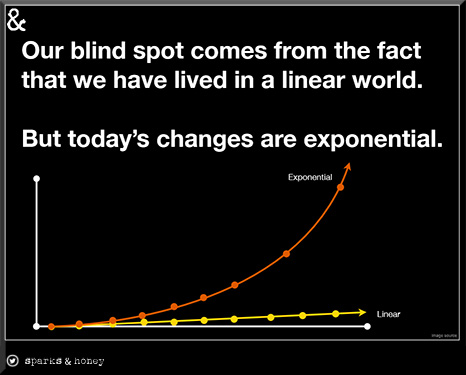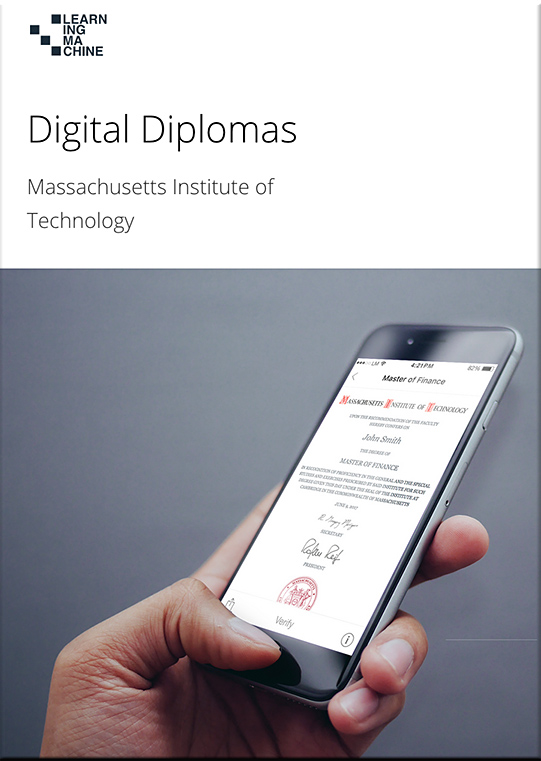Uber and Lyft drivers’ median hourly wage is just $3.37, report finds — from theguardian.com by Sam Levin
Majority of drivers make less than minimum wage and many end up losing money, according to study published by MIT
Excerpt (emphasis DSC):
Uber and Lyft drivers in the US make a median profit of $3.37 per hour before taxes, according to a new report that suggests a majority of ride-share workers make below minimum wage and that many actually lose money.
Researchers did an analysis of vehicle cost data and a survey of more than 1,100 drivers for the ride-hailing companies for the paper published by the Massachusetts Institute of Technology’s Center for Energy and Environmental Policy Research. The report – which factored in insurance, maintenance, repairs, fuel and other costs – found that 30% of drivers are losing money on the job and that 74% earn less than the minimum wage in their states.
The findings have raised fresh concerns about labor standards in the booming sharing economy as companies such as Uber and Lyft continue to face scrutiny over their treatment of drivers, who are classified as independent contractors and have few rights or protections.
“This business model is not currently sustainable,” said Stephen Zoepf, executive director of the Center for Automotive Research at Stanford University and co-author of the paper. “The companies are losing money. The businesses are being subsidized by [venture capital] money … And the drivers are essentially subsidizing it by working for very low wages.”
From DSC:
I don’t know enough about this to offer much feedback and/or insights on this sort of thing yet. But while it’s a bit too early for me to tell — and though I’m not myself a driver for Uber or Lyft — this article prompts me to put this type of thing on my radar.
That is, will the business models that arise from such a sharing economy only benefit a handful of owners or upper level managers or will such new business models benefit the majority of their employees? I’m very skeptical in these early stages though, as there aren’t likely medical or dental benefits, retirement contributions, etc. being offered to their employees with these types of companies. It likely depends upon the particular business model(s) and/or organization(s) being considered, but I think that it’s worth many of us watching this area.
Also see:
The Economics of Ride-Hailing: Driver Revenue, Expenses and Taxes— from ceepr.mit.edu / MIT Center for Energy and Environmental Policy Research by Stephen Zoepf, Stella Chen, Paa Adu, and Gonzalo Pozo
February 2018
We perform a detailed analysis of Uber and Lyft ride-hailing driver economics by pairing results from a survey of over 1100 drivers with detailed vehicle cost information. Results show that per hour worked, median profit from driving is $3.37/hour before taxes, and 74% of drivers earn less than the minimum wage in their state. 30% of drivers are actually losing money once vehicle expenses are included. On a per-mile basis, median gross driver revenue is $0.59/mile but vehicle operating expenses reduce real driver profit to a median of $0.29/mile. For tax purposes the $0.54/mile standard mileage deduction in 2016 means that nearly half of drivers can declare a loss on their taxes. If drivers are fully able to capitalize on these losses for tax purposes, 73.5% of an estimated U.S. market $4.8B in annual ride-hailing driver profit is untaxed.
Keywords: Transportation, Gig Economy, Cost-Bene�t Analysis, Tax policy, Labor �Center
Full Paper | Research Brief
——-
Addendum on 3/7/18:
The ride-hailing wage war continues
How much do Lyft and Uber drivers really make? After reporting in a study that their median take-home pay was just 3.37/hour—and then getting called out by Uber’s CEO—researchers have significantly revised their findings.
Closer to a living wage: Lead author Stephen Zoepf of Stanford University released a statement on Twitter saying that using two different methods to recalculate the hourly wage, they find a salary of either $8.55 or $10 per hour, after expenses. Zoepf’s team will be doing a larger revision of the paper over the next few weeks.
Still low-balling it?: Uber and Lyft are adamant that even the new numbers underestimate what drivers are actually paid. “While the revised results are not as inaccurate as the original findings, driver earnings are still understated,” says Lyft’s director of communications Adrian Durbin.
The truth is out there: Depending on who’s doing the math, estimates range from $8.55 (Zoepf, et al.) up to over $21 an hour (Uber). In other words, we’re nowhere near a consensus on how much drivers in the gig-economy make.
——-









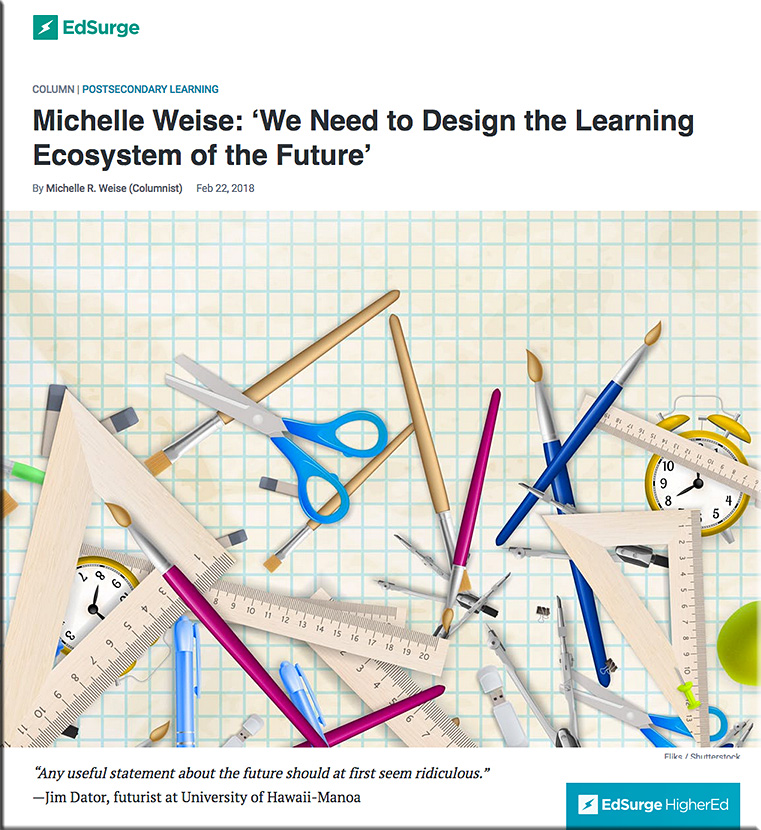
![The Living [Class] Room -- by Daniel Christian -- July 2012 -- a second device used in conjunction with a Smart/Connected TV](http://danielschristian.com/learning-ecosystems/wp-content/uploads/2012/07/The-Living-Class-Room-Daniel-S-Christian-July-2012.jpg)
